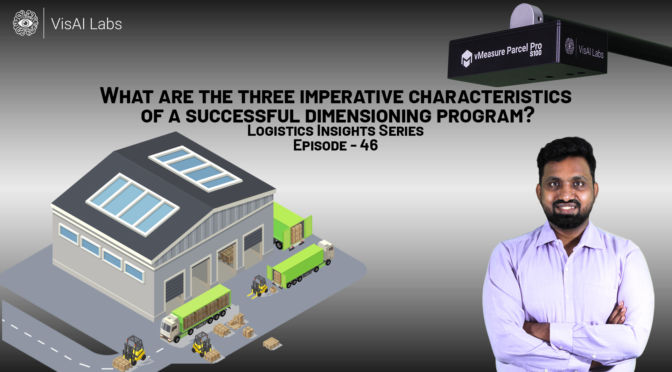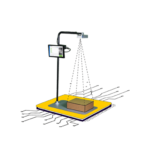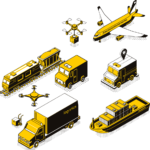Is it any wonder why AI-driven automated dimensioning systems continue to gain popularity among warehouse firms?
What do you think you’ll take away from this episode?
Relevant links:
Podcast Transcript:
Some businesses have invested in dimensioning technology more than others, but some have brought more outstanding results than others. How can this be explained?
Well, In this episode, we explain to you the top three imperative characteristics of a successful dimensioning program one by one.
The first in a row is Process Design That Works. Proper planning can do wonders! A business that gets the most out of its dimensioning system pays close attention to how its new product will integrate into existing operations.
Companies need to figure out where and who will use the automated dimensioner and how it will be triggered.
The second is Integrated Systems and a Data Strategy. In the absence of knowledge about automated dimensioning, you might think of dimensioners as innovative equipment that calculates the dimensions of parcels and pallets efficiently and accurately.
Though this is a fact, you can potentially get a lot more out if you take advantage of them.
Now, many freight forwarders and carriers create customised freight profiles for their clients based on dimensional data.
In a similar manner, shippers prepare detailed descriptions of their freight, allowing them to bargain with carriers for favourable rates.
The last is a well-informed workspace Incorporating a new strategy into the workflow requires communication.
For example, when companies share their plans for new technology and train their employees about using dimensioning equipment, they will always roll it out effectively and have less employee pushback than firms that ignore these improvements.
So my dear friends, utilising these top three ways, you can successfully implement the dimensioning program. And that’s the logistics insight for today. Bye








